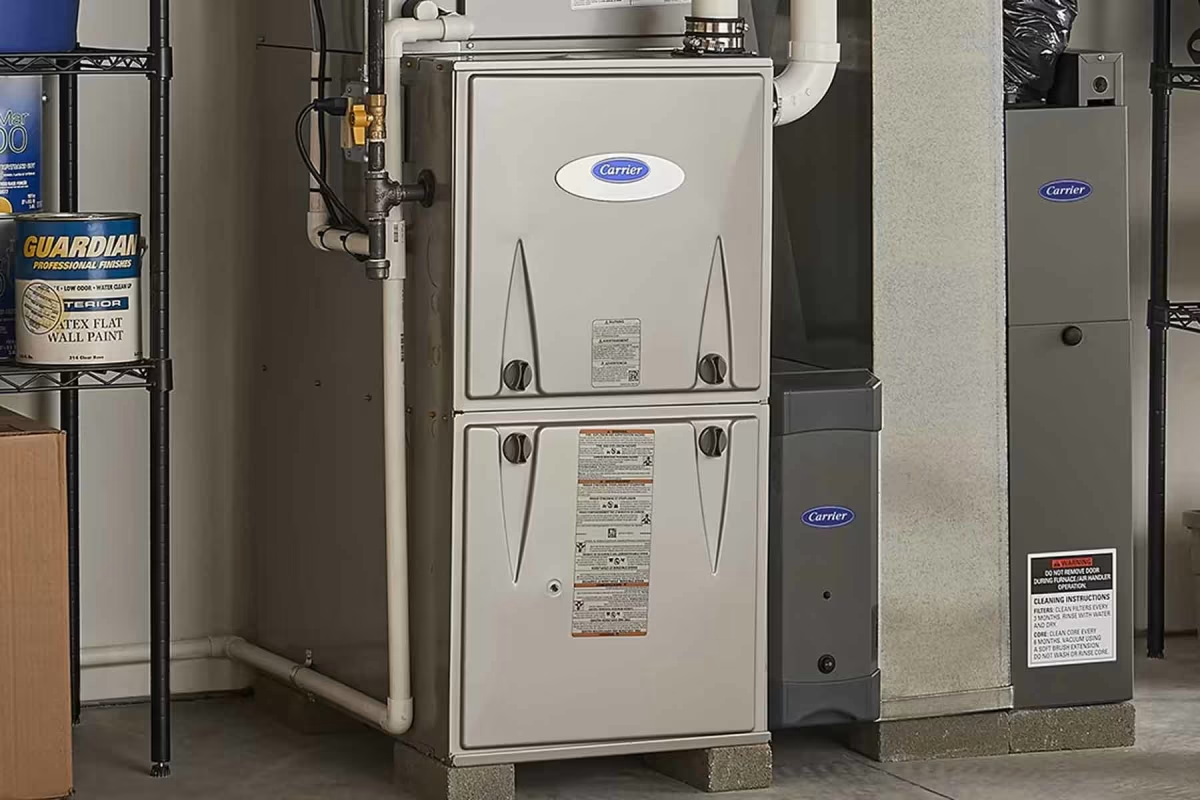Heating Systems
Heat systems provide warmth to homes and spaces using various energy sources.
Types of Heat Systems offered by HVAC Hampton:
1. Gas Furnaces
2. Boilers (Hot Water or Steam)
3. Air Handler + Hot Water Coil
4. Radiant Floor Systems
Boilers
A boiler is a closed vessel that heats water or generates steam by burning fuel (gas or oil) or using electricity.
Types of Boilers:
1. Fire Tube Boilers
2. Water Tube Boilers
3. Cast Iron Boilers
4. Steel Boilers
5. Electric Boilers
6. Condensing Boilers
7. Non-Condensing Boilers
8. Steam Boilers
9. Hot Water Boilers
Radiant Floor Systems
A radiant floor system is a heating method that embeds heating elements, such as pipes or electric mats, into the floor to warm a space.
Types of Radiant Floor Systems:
1. Hydronic Systems (water-based)
2. Electric Systems (mat-based)
3. Hybrid Systems (combining hydronic and electric)
Benefits:
1. Energy Efficiency
2. Comfortable Temperature
3. Reduced Air Circulation
4. Low Maintenance
5. Quiet Operation
6. Increased Property Value
Air Handler + Hot Water Coil
An air handler with a hot water coil is a component of a hydronic heating system. Here's how it works:
Air Handler:
1. The air handler is a unit that conditions and circulates air in a building.
2. It consists of a fan, coil, and housing.
3. Air is drawn into the air handler through return ducts.
Hot Water Coil:
1. The hot water coil is a heat exchanger within the air handler.2. It's connected to a boiler or heat source that produces hot water.
3. Hot water flows through the coil, transferring heat to the surrounding air.
Gas Furnaces
A gas furnace is a type of heating equipment that uses natural gas or propane to provide warmth to a building. A gas furnace burns natural gas or propane to produce heat, which is then distributed through a home's ductwork.
Types of Gas Furnaces:
1. Single-stage
2. Two-stage
3. Modulating
4. Condensing
5. Non-condensing
Benefits:
1. Energy Efficiency
2. Cost-Effective Heating
3. Consistent and Reliable Heat
4. Environmental Benefits
5. Longer Lifespan
6. Quick Heating Response






